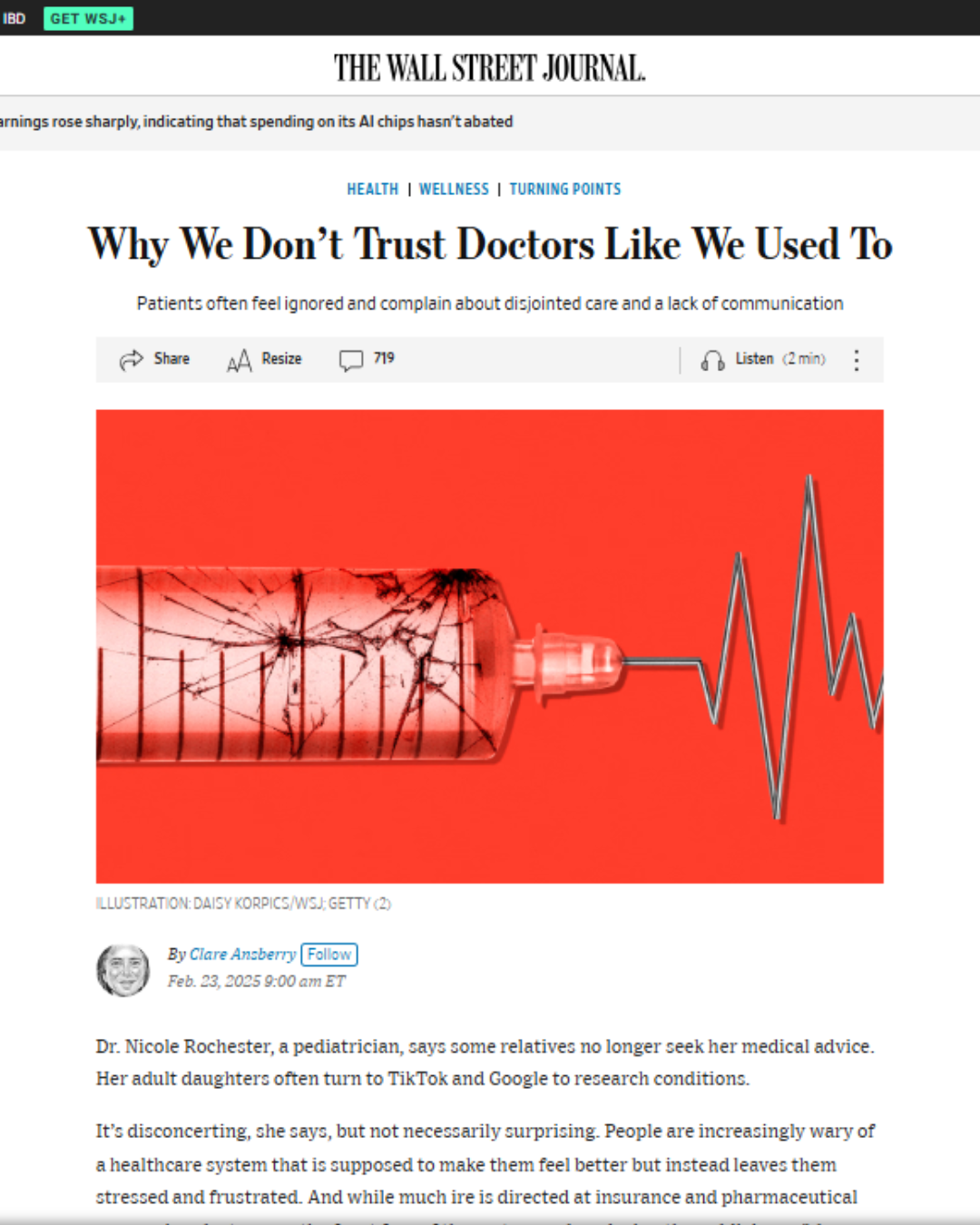If you have insurance through your job, your open enrollment season has likely ended and you have chosen (actively or passively) a health insurance plan for 2018. Congratulations! Affordable Care Act (ACA) open enrollment season is winding down and I am sick and tired of reviewing insurance plans. My husband and I have less than one week to either choose a new plan through the (ACA) or purchase a plan on the open market.
As a result of President Trump’s October 2017 executive order, which eliminated the federal government’s reimbursement to insurance companies for cost-sharing subsidies, the cost of 2018 ACA plans has increased significantly. Our current plan won’t exist in 2018 and the “similar” plan into which we’ve been auto-enrolled will cost us an additional $800/month (yes, you read that correctly) compared to our current premium. That is not a feasible option, so I’ve spent hours poring through the details of the 17 ACA plans offered in my state, while also exploring a few plans offered directly through private insurance companies.
In addition to shopping for a plan for my family, I have been busy conducting workshops about health insurance and open enrollment. After talking to many individuals, I have discovered a common theme- – people don’t understand their health insurance policies. Whether you have insurance through your employer, the military, the ACA, Medicare, Medicaid, or the open market, it’s critically important that you understand your health insurance benefits. I’ve spoken to individuals who purchased “skinny plans” through insurance brokers without realizing they didn’t have basic coverage for preventive care or prescriptions medications. I’ve spoken to people who had no idea they had to spend $3000 before their insurance benefits would kick in.
It’s not your fault. I sometimes wonder if the system is designed to keep us all in the dark. The terminology is confusing and who really has time to read the 25-page benefits summary the insurance company sends every year? You do! You must make the time.
If you have not yet purchased health insurance for 2018, this article will help you as you shop for plans. If you’ve already enrolled in an insurance plan for 2018 this article will ensure that you understand your benefits and will hopefully prevent undesirable surprises.
Today’s article will demystify five core health insurance terms so that you have a better understanding of what your insurance plan covers moving forward.
Premium
A premium is the amount of money you pay for your health insurance policy each month. If you are responsible for the full cost of your health insurance, it will be billed monthly. If you have health insurance as a benefit through your employer, your share of the premium will be taken out of your paycheck as a pre-tax deduction. Premiums vary widely, depending on the type of insurance plan and the benefits that are covered. Because this is a fixed cost and can range from several hundred to thousands of dollars per month, many individuals use the premium as the primary decision point when choosing health insurance. However, it is important to know that, in general, lower premiums are associated with higher out-of-pocket costs. This means that while you will spend less money on the front end, you will likely pay more for services such as laboratory studies, X-rays, and Emergency Room visits.
Copayment (Copay)
A copay is the fixed amount of money you pay for a covered medical service. For example, your insurance company may stipulate that you pay $20 when you see your primary care doctor and $40 when you see a specialist. The copay does not vary based on the extent of the visit and is always significantly lower than the actual charges for medical services.
Deductible
A deductible is the amount of money you pay for health services each year BEFORE your insurance company begins to pay. According to the Kaiser Family Foundation 2017 Employer Health Benefits Survey, the average deductible for 2017 single coverage health insurance plans is $1505. The deductible for a family plan is typically 3-4 times this amount. Prior to meeting the deductible, you will be responsible for the entire cost of healthcare services. As an example, if you have a $1000 deductible and you receive care in the Emergency Room that costs $600, you will have to pay the full amount. Under many plans, the deductible does not apply to preventative and routine care services, such as annual check-ups. (You will typically have a copay for these services.) Once you meet your deductible, you will begin sharing the cost of covered health services through copayments and coinsurance (see below for an explanation of coinsurance). Be sure you understand your benefits and are aware of your plan’s annual deductible to avoid unexpected expenses when you receive medical care.
High-deductible health plans (HDHPs) have gained popularity in the last few years, but many purchase them without understanding how they work. These plans are attractive because they have lower premiums than traditional health insurance plans. However, if you do not have contributions to a Health Savings Account or significant disposable income available to satisfy your deductible, you will find yourself in a bind. (FYI: the minimum deductible for 2017 HDHPs is $1300 for individuals and $6550 for families. Many HDHPs have deductibles in excess of $5000.) For those who are healthy and do not expect to utilize health care services, a high-deductible health plan may be a good option.
Coinsurance
Coinsurance is the percentage of the cost of covered health services you pay AFTER your deductible is met. It usually applies to non-routine services, such as Emergency Room visits, hospital costs, radiology studies, and labs. For example, if you have met your deductible for the year and you have to pay 20% coinsurance for radiology studies, a $2500 MRI scan will cost you $500 ($2500 x0.20).
Out-of-Pocket Maximum
The out-of-pocket maximum is the most you will have to pay for covered services each year. This is an important feature of health insurance that limits your financial liability. Prior to out-of-pocket maximums, an individual with a new cancer diagnosis could be responsible for medical bills in excess of $100,000 in a single year. After meeting your out-of-pocket maximum through copayments, coinsurance, and deductibles, 100% of costs are covered by the health insurance plan. Please note that the money you spend on premiums does not count toward the out-of-pocket maximum. For 2017, the maximum for ACA plans is $7150 for an individual and $14,300 for a family.
Healthcare is rapidly changing. There are several bills being introduced by Congress that will directly affect how health care is delivered and paid for in the United States. Having a basic understanding of the 5 core health insurance terms, 1) Premium, 2) Copay, 3) Deductible, 4) Coinsurance, and 5) Out-of-pocket Maximum, is one step toward understanding our complicated healthcare system. We can no longer sit in the passenger’s seat and passively consume health care. Knowledge is power.
Have you joined the Your GPS Doc Family? If not, please click here to receive notifications about new content as well as useful guides and additional resources only available to Your GPS Doc subscribers.








This was a really informative article! Insurance is definitely something you need to carefully consider before deciding on a plan. #blmgirl
Thanks for reading, Kara!
Very informative. Although my wife is a health care professional, I didn’t fullly understand everything. Great article.
Thanks for reading, Victor!
I am finally at the age where I am ready to get my own health insurance plan, so thanks for sharing this helpful guide. I had no idea that health insurance benefits were taken directly from your paycheck by your employers each month. This makes a lot of sense if your job is providing health benefits, so I might need to look into this more for my job. Thanks for sharing.
You’ve got some helpful information here about health insurance. I’ve always wondered what a copayment is, but now that I know it’s significantly cheaper than the actual price, I wouldn’t mind paying it. Still, why is it necessary?
My fiance and I were looking for tips to get the best possible healthcare for ourselves. We are really interested in learning more about the changing state of this type of insurance and understanding the five core terms. This will help us a lot to get the best deals and plans.
Thank you for the excellent post
You’re welcome! Thanks for reading.